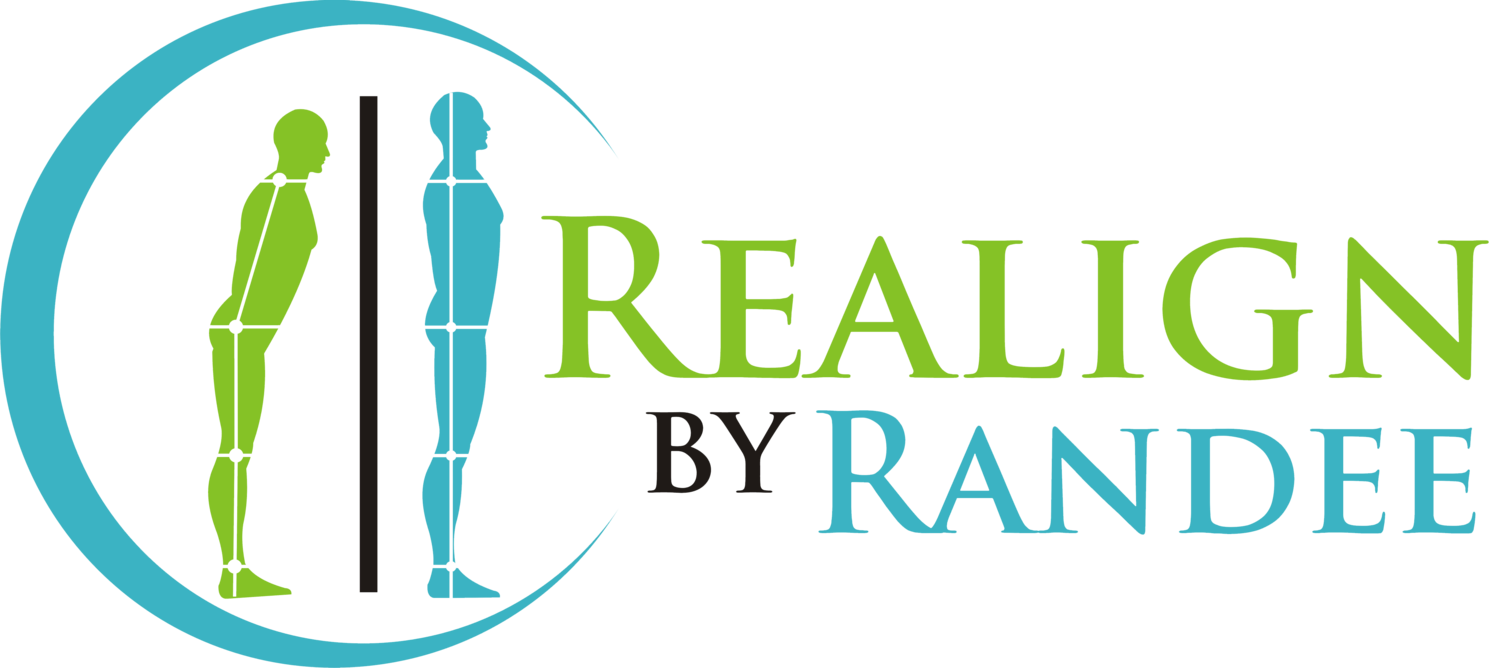Vertigo or Dizziness - Instant Relief focused on the Cause
Are you looking for an idea of what to do for yourself when you can’t get vertigo or dizziness to go away? Vertigo that is termed “idiopathic” or no cause is likely about the position of the head. It is simple to fix it however, not as simple as just trying to hold your head back in position. Vertigo is disorienting and often debilitating condition that affects millions of people around the world.
Vertigo is characterized by a false sensation of spinning or movement, and it can lead to dizziness, nausea, and a general feeling of unsteadiness. There are many reasons to have these sensations with or without nausea, loss of balance, headaches, or ringing in the ear (tinnitus). Possible causes of vertigo include: a nerve injury, virus, inner ear dysfunction, a tumor, side effect to a medication, or allergies causing severe sinus congestion. Different doctors including specialists can rule out these causes. While vertigo can have various underlying causes, the relationship between head position and posture plays a significant role in managing and preventing this condition.
Why does Vertigo occur? It is connected to a balance or vestibular system. The body maintains balance and feeling stable by adjusting to gravity pushing down on it with multiple systems to help maintain an upright position. First, the body relies on proprioception which is provided with small receptors throughout the body and joints which give feedback to the brain where the head, arms and legs are in space. A secondary system is the inner ear canals in 3 different planes which fluid flowing freely helps provide feedback. And, last we rely on eyesight.
When the head position is forward, tipped upward, or tilted these systems can’t work efficiently preventing the body from feeling balanced and well. The symptoms of dizziness or vertigo may come and go because the body is very adaptive. This is also why relief comes when the head position is balance by working on the alignment of the whole body additionally, can have none or less episodes.
Physical Therapy has a specialized area of treatment termed vestibular rehabilitation that helps with some presentation of vertigo or dizziness. What happens when the doctors say it is idiopathic (no cause) and the Epley maneuver used in physical therapy doesn't work? What next?
The next option is Posture Therapy. The unexplained reason for Vertigo or dizziness often is because of the head position. When your overall posture is suboptimal, it can affect the alignment of your neck, head, and inner ear canals, making it more likely that you'll experience vertigo or exacerbate existing symptoms. The key is to address the posture using the whole body with simple stretches, exercises, or movements to help bring the head back in alignment over the base of support in the body.
I have linked to a video an initial routine to help with the symptoms of vertigo. It is all done in an upright position so is more tolerated if someone is currently experiencing symptoms.
